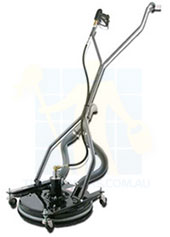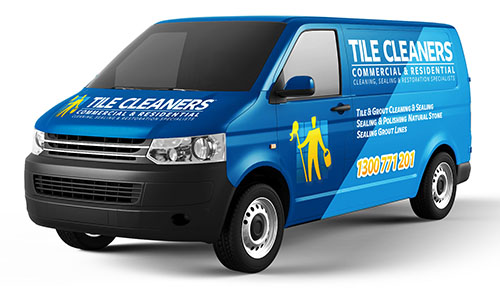huge range of tiles and surfaces in all locations including:
Frequently Asked Questions | Stripping and Sealing
Stripping & Sealing
Stripping & Sealing Slate Floors
Stripping & Sealing Limestone Floors
Stripping & Sealing Travertine Floors
Stripping and Sealing Sandstone Floors
Stripping and Sealing Bluestone Floors
Stripping and Sealing Terracotta Floors
Stripping and Sealing Marble Floors
Stripping and Sealing Granite Floors
Stripping and Sealing Vinyl Floors
Client Range
huge range of tiles and surfaces in all locations including:
Related Links
- Our Services
- Types of Tiles
- Types Of Stone Tiles
- Tile Cleaners
- Tile Sealers
- Tile Restoration
- Grout Cleaning
- Grout Cleaner
- Bathroom Tile Cleaning
- Bathroom Grout Cleaning
- Stone Tile Cleaning
- Quarry Cleaning
- Stone Sealing
- Sandstone Cleaning
- Sandstone Restoration
- Bluestone Cleaning
- Bluestone Sealing
- Bluestone Stripping & Sealing
- Bluestone Restoration
- Bluestone Grinding
- Bluestone Specialists
- Slate Cleaning & Sealing
- Slate Stripping & Sealing
- Outdoor Tile Cleaning
- Outdoor Tile Sealing
- Wood Waxing
- Commercial Tile Cleaning
- Stone Stain Removal
- Grout Colour Sealing
- Pressure Cleaning
- Natural Stone Restoration
- Tile & Grout Cleaners
- Anti Slip Coating
- Cleaning Efflorescence Off Floors
- How to Remove Solvent Sealer From Tile




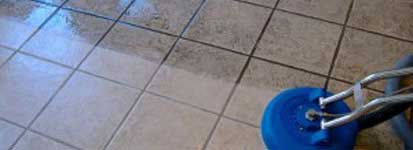
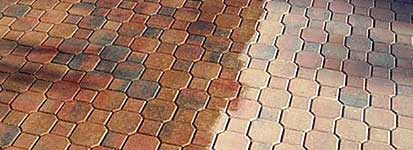
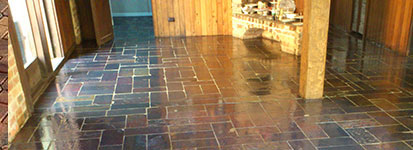
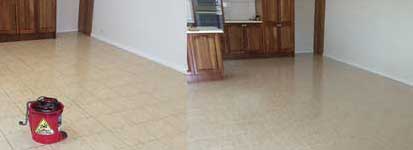
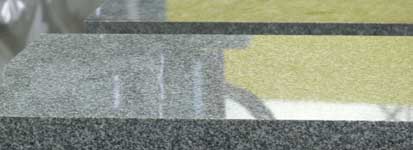
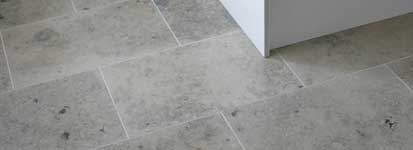
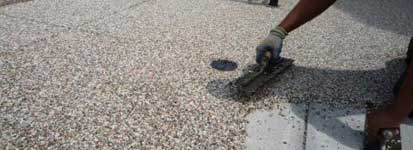
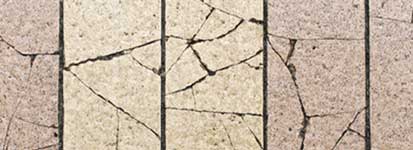
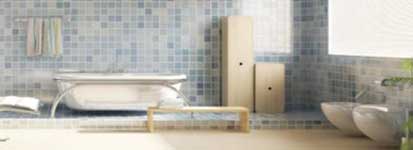
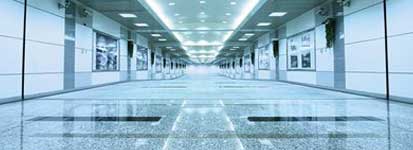
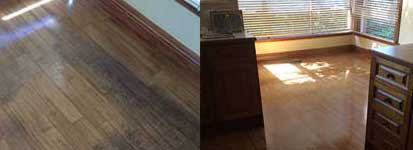
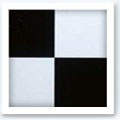
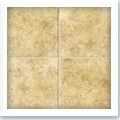
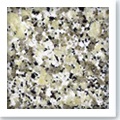
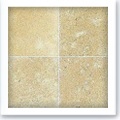
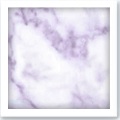
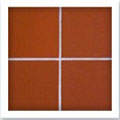
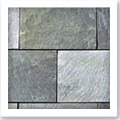
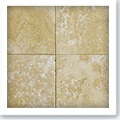
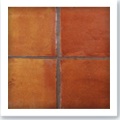
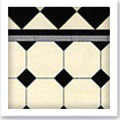
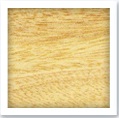
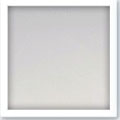
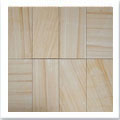
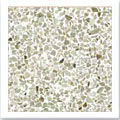
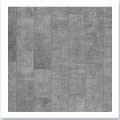
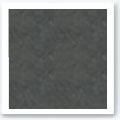
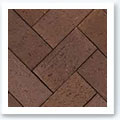
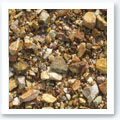
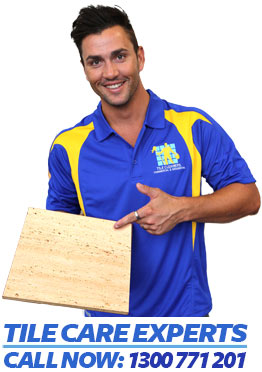
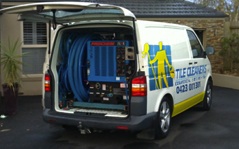
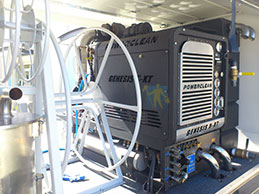
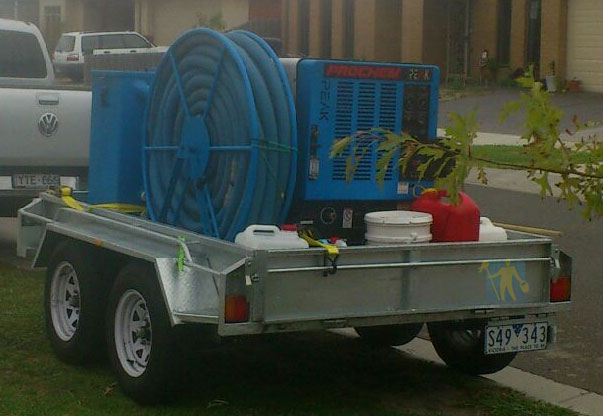
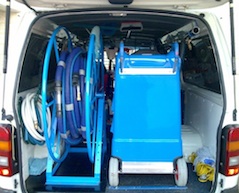
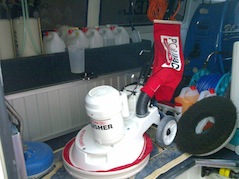
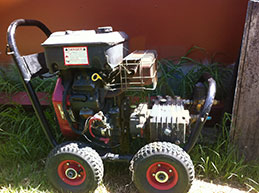
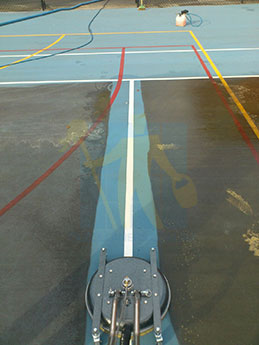

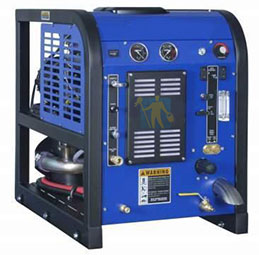
 Availability for emergency
Availability for emergency
